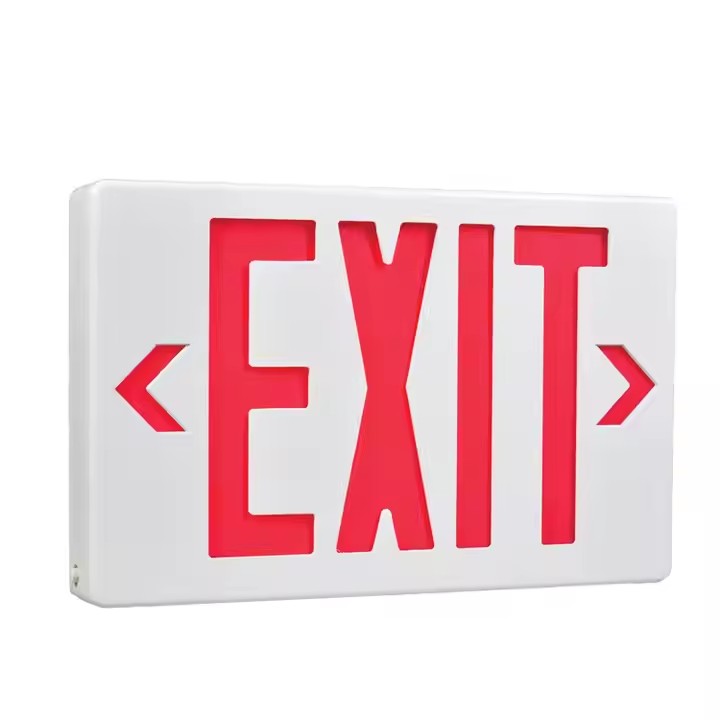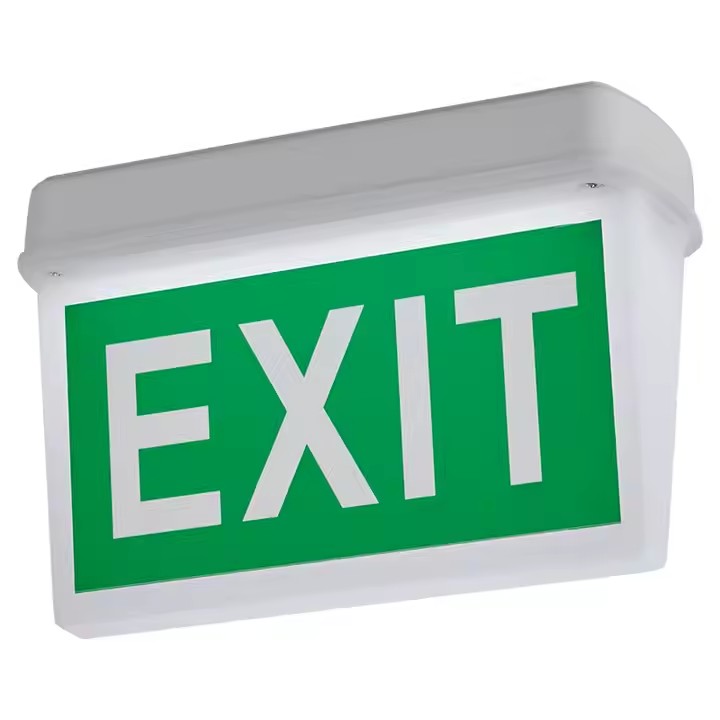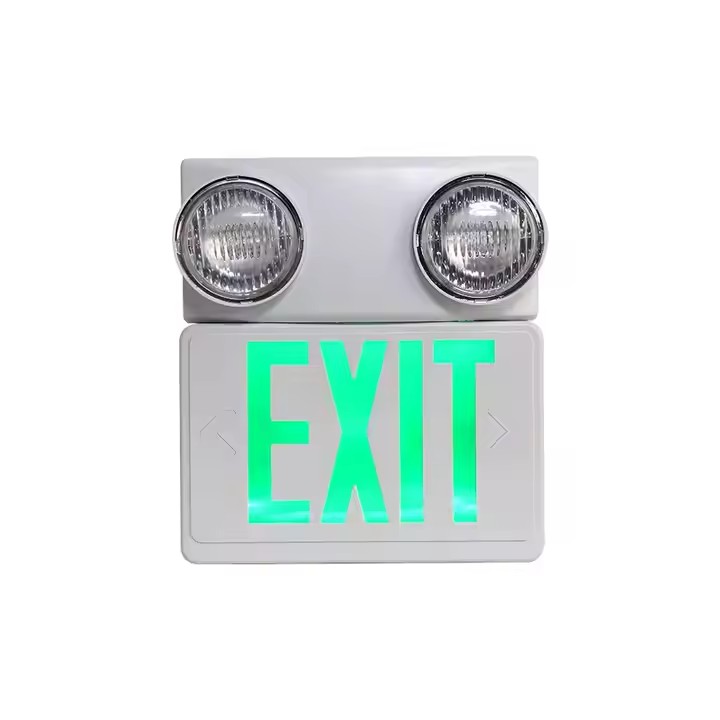Monday to Saturday - 8:00 -17:30
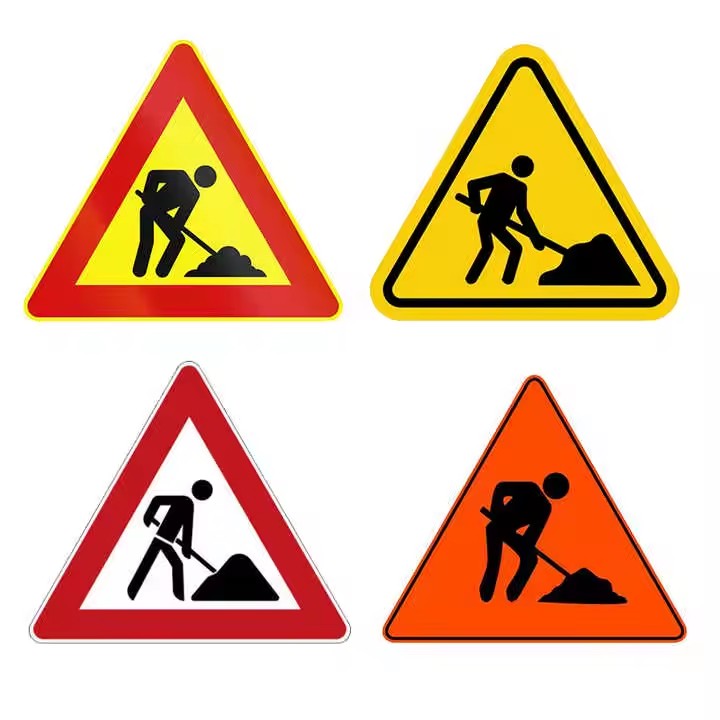
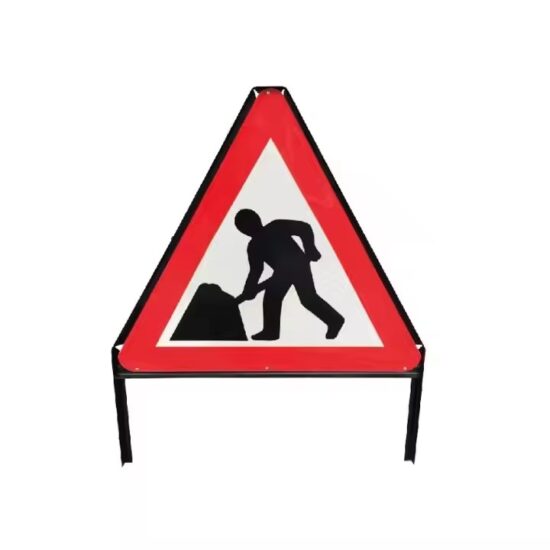
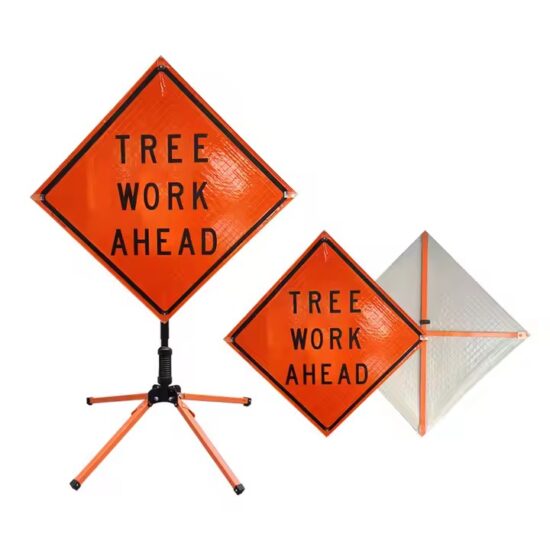
How to Choose the Right Construction Sign for Your Project
Choosing the correct construction sign for your project is not just a matter of compliance—it directly impacts safety, efficiency, and your professional reputation. Whether you’re managing a road construction site, a commercial development, or a small residential build, using the right signage helps prevent accidents, guide traffic, and communicate essential information.
Here’s a step-by-step guide on how to choose the best construction sign for your needs:
✅ 1. Identify the Purpose of the Sign
Before anything else, ask:
What message must the sign communicate?
-
Safety Warnings: e.g., “Caution: Falling Debris”
-
Traffic Control: e.g., “Detour,” “Lane Closed”
-
Access Control: e.g., “Authorized Personnel Only”
-
Site Rules & PPE: e.g., “Hard Hats Required”
-
Project Info or Branding: e.g., project timeline, contractor name
Each type of sign plays a different role, so clarity of purpose is the first step.
✅ 2. Match the Sign Type to the Project Environment
-
Roadway Projects: Require high-visibility signs like reflective “Road Work Ahead” or detour arrows.
-
Building Construction: Use signs that show site rules, PPE requirements, and hazard zones.
-
Industrial or Utility Work: Choose signs that indicate chemical, electrical, or mechanical hazards.
Your job site’s surroundings determine the visibility needs, mounting methods, and sign durability.
✅ 3. Consider Visibility and Reflectivity Requirements
For high-traffic or nighttime projects, reflective materials like:
-
Engineer Grade Reflective Film
-
High-Intensity Prismatic (HIP)
-
Diamond Grade Reflective Sheeting
…are essential for visibility under low-light conditions.
In enclosed sites with good lighting, standard non-reflective signs may be sufficient.
✅ 4. Check for Regulatory Compliance
Make sure your signage meets:
-
OSHA (Occupational Safety and Health Administration) standards
-
MUTCD (Manual on Uniform Traffic Control Devices) if used on public roads
-
Local Municipal Requirements based on city/state/country
Using non-compliant signs can lead to fines, delays, or legal issues.
✅ 5. Choose the Right Material for Durability
-
Aluminum Signs: Best for long-term outdoor use; rust-proof and rigid
-
PVC or Plastic Signs: Lightweight and affordable; ideal for temporary use
-
Magnetic Signs: Ideal for vehicles or movable surfaces
-
Banner or Roll-Up Signs: Easy to transport for mobile crews
Evaluate weather exposure, installation time, and reusability.
✅ 6. Decide on Size and Mounting Options
-
Large Format Signs: For highways, major detours, and long viewing distances
-
Medium/Small Signs: For site entrance, fencing, or equipment
-
Mounting Types:
-
Post-mounted
-
Wall-mounted
-
Fence-mounted with zip ties
-
Free-standing or A-frame
-
Proper mounting ensures that the sign stays visible and secure.
✅ 7. Explore Customization Options
Custom construction signs can include:
-
Your company logo and contact info
-
Bilingual messaging (e.g., English/Spanish)
-
Specific icons or site rules
-
Project name and timeline
Customized signs enhance professionalism and improve clarity for workers and the public.
✅ Conclusion
Selecting the right construction sign is a critical step in managing a safe, compliant, and efficient worksite. By identifying the sign’s purpose, matching it to the environment, choosing appropriate materials and sizes, and ensuring legal compliance, you can significantly reduce risk and improve communication on any project.
Looking for help with custom construction signage? Contact us to get expert advice, fast quotes, and bulk order discounts tailored to your project’s needs.

